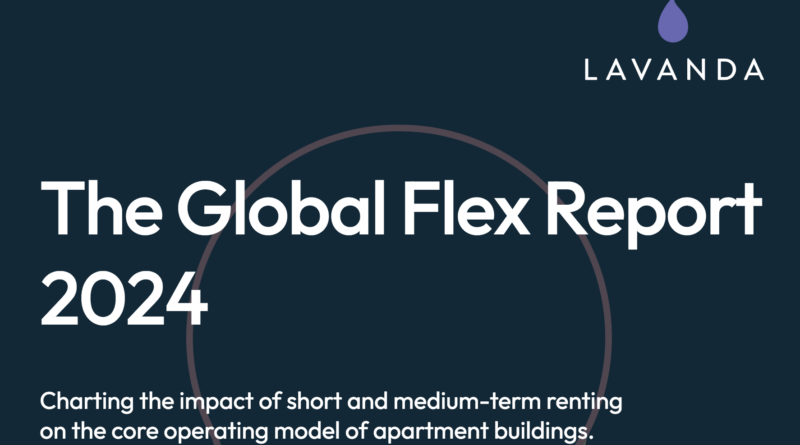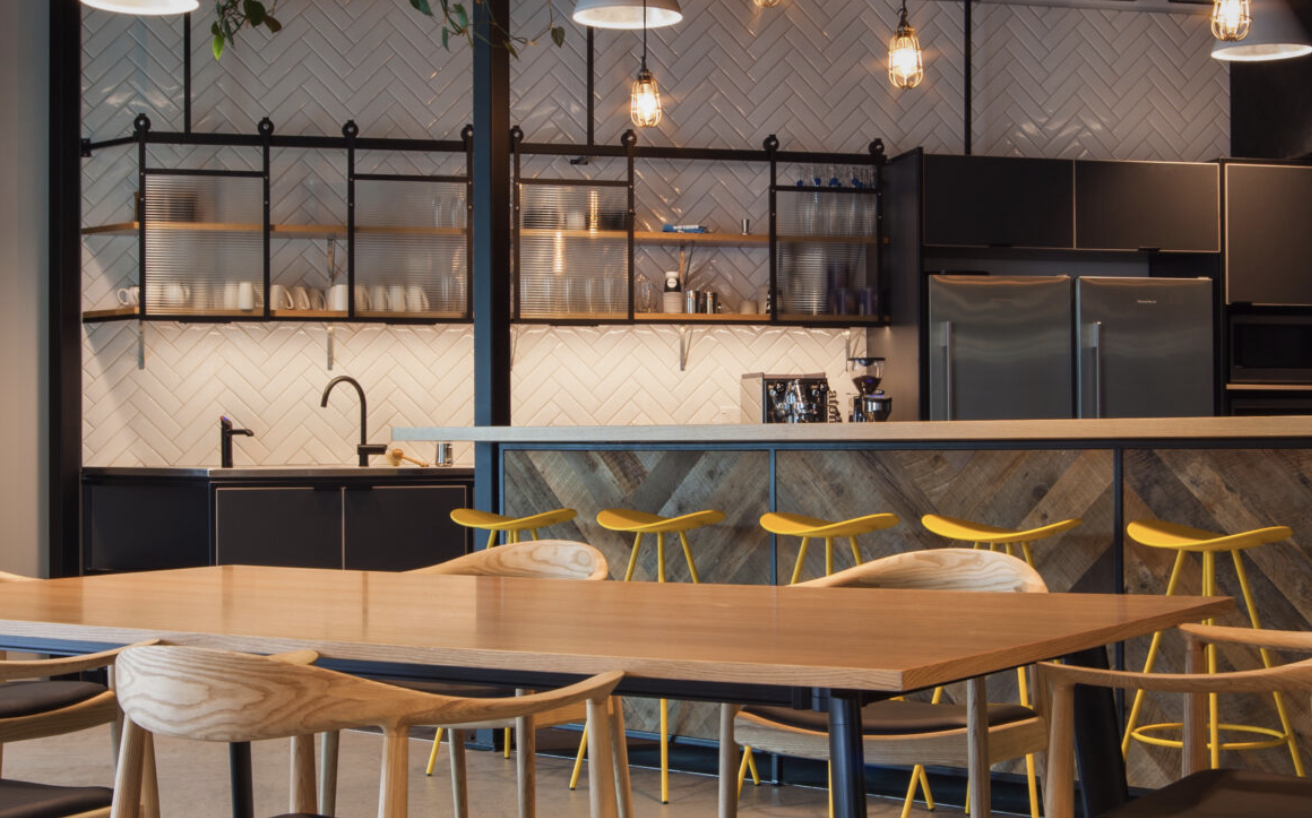Global: A new report from PMS provider Lavanda has revealed that 85 per cent of BTR, PBSA and coliving portfolios are planning to increase the number of shorter-term leases they offer.
Lavanda’s Global Flex Report 2024 surveyed asset managers and operators responsible for more than 1.3 million units across the UK, US and EU. It found firms whose portfolios accounted for 85 per cent of the BTR and student units in the study plan to increase use of shorter term leases this year.
Adoption of flex rentals in the BTR sector has increased dramatically over the past 12 months, says Lavanda. While operators of nearly a quarter (23 per cent) of BTR supply increased short or medium-term rental activity in 2023, companies responsible for 92 per cent of inventory plan to boost flex activity this year.
The company says: “The meteoric rise highlights the accelerating adoption of Flex leasing strategies across the broader alternative residential sector and suggests the apartment industry is recognising that the post-Covid explosion in remote and hybrid working models has also sparked a dramatic shift in demand for more flexible accommodation options.”
Flex enables owners and operators to maximise occupancy and revenue by adjusting rental terms, prices and lease lengths based on demand, tenant needs and market conditions.
The report highlights that, although the BTR industry is earlier in its transition to flex rental strategies than the student accommodation and coliving sectors, “it also has the most to gain with the broadest range of use cases for flex”.
These extend to the creation of dedicated serviced apartments, corporate accommodation and ‘guest suite’ offerings to accommodate visiting friends and relatives. Prospective longer term tenants can also ‘try before they buy’, making it a valuable marketing tool. Flex strategies are expected to contribute at least 10 per cent of NOI across 70 per cent of the BTR sector in 2024, according to Lavanda’s report1.
In the student accommodation sector, short-stay programmes in the summer months provide an important secondary revenue stream when students are away. Based on the number of units represented, 88 per cent of the student accommodation sector leveraged short-stays to some extent last year, with 22 per cent seeing at least 20 per cent NOI contribution.
With 100 per cent of student accommodation operators surveyed expecting to exploit short-stays to some degree in 2024, the research highlights the relative maturity of the sector’s shift to adopting flex rental strategies. Roughly half (47 per cent) of the student accommodation sector increased its short-stay activity in 2023, with 43 per cent expecting to increase their current level of activity in 2024.
Operators accounting for 72 per cent of the BTR industry and 70 per cent of student accommodation also expect the development of ‘flex buildings’ to accelerate in 2024 — typically blended asset types (i.e. some combination of BTR, student and dedicated short stay accommodation units) designed to tap into a broader rental demographic by offering fully flexible leases1.
Fred Lerche-Lerchenborg, CEO of Lavanda, said: “As rental demand and accommodation preferences continue to evolve rapidly post-pandemic, and with technology increasingly shaping the future of the built world, we’re hugely excited to launch The Global Flex Report 2024. The report sets out to chart the impact of short and medium term renting upon the investment and the operating strategies underpinning the global apartment industry, surveying owners and operators of 1.3 million BTR, student accommodation and co-living units across Europe and the US.”
“The goal of the report is to inform all industry stakeholders, from residential investors, operators and analysts to journalists and policy makers, so that they can more easily track and understand some of the key trends underpinning the living sector. These include the pace of adoption of emerging Flex operating strategies, the emergence of a new Flex asset class and the key technologies and innovations that will power it in the future. The pace of adoption highlighted in this report is incredibly exciting. The shift to Flex strategies is accelerating across the residential sector to the benefit of renters, while at the same time creating more agile, more resilient all-weather assets,” he added.








